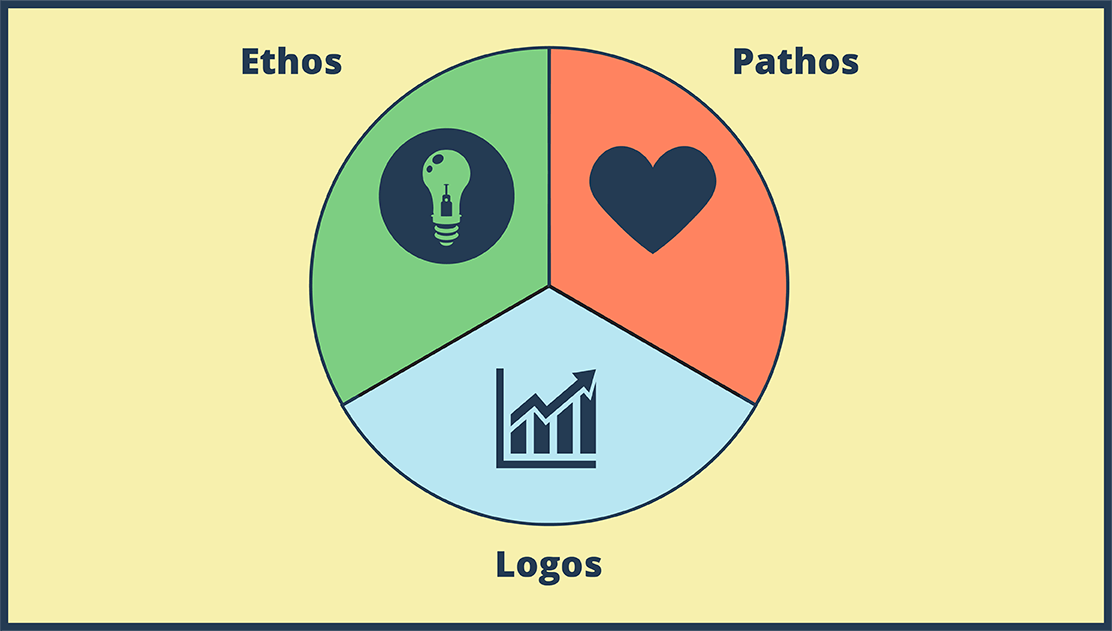How to Use a Protractor

Du hittar den här storyboard i följande artiklar och resurser:

Skapa Engagerande Pedagogiska Bilder: Hur man Diagrammerar en Process
Lektionsplaner av Anna Warfield
Instruktioner och processer är så mycket lättare att förstå när de åtföljs av bilder. När vi storyboardar en process eller skapar ett sekventiellt diagram kan vi fokusera på diskreta steg, orsak och verkan och sekvens.

Använda Storyboard That i din Matematikklass
Visuella Hjälpmedel för det Moderna Klassrummet
Storyboard That gör det enkelt att integrera visuell inlärning i din matteklass och få innehållet skräddarsytt för dina elever. De lätt anpassningsbara mallarna låter dig se till att arbetsbladen du ger till eleverna möter dem där de är och utmanar de koncept de fortfarande arbetar med att bemästra.
'
Kolla in några av våra andra utbildningsartiklar!
Storyboard Beskrivning
How to Use a protractor graphic organizer - diagram a process
Storyboard Text
- Glida: 1
- GAH! Math is so stupid! It doesn't make any sense!
- Glida: 2
- This protractor thing is impossible!
- Glida: 4
- Make sure the protractor is not backwards! It makes life so much easier if you can read the numbers.
- Glida: 5
- Before we measure, tell me if this is an acute, right, or obtuse angle.
- Glida: 6
-
- Acute?
- It IS acute, so that means it measures less than 90 degrees. We already know the answer is between 0 and 90 degrees!
- Glida: 7
- There are two parts of the protractor to help you get the angle in the right place: 1) an upside-down T at the bottom middle 2) the base line (0 degrees or 180 degrees)
- Glida: 8
- We want to place the protractor on top of the angle so the middle of the T is at the vertex.
- Glida: 9
- Rotate the protractor so the vertex of the angle is still at the T, but one leg of the angle is lined up with the 0 degree line.
- Glida: 10
- The line doesn't reach the numbers!
- That's OK. Don't you remember that definition about angles? Two RAYS with the same endpoint? Rays go on forever, so we can just extend the legs of the angle.
- Glida: 11
- The legs of the angle are extended, so we just need to read the numbers. Our options are 140 degrees or 40 degrees. Which is it?
- Glida: 12
- Acute angle! 40 degrees! Take that MATH!
- Glida: 0
- I will show you how to use it. Well, step 1...
- Maybe I can help.
Över 30 miljoner storyboards skapade
Inga Nedladdningar, Inget Kreditkort och Ingen Inloggning Behövs för att Prova!



